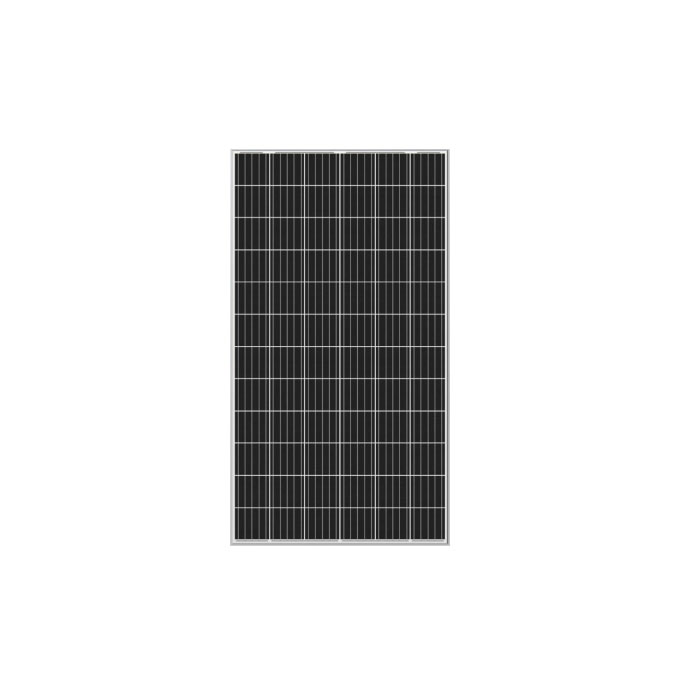

Compared to traditional monocrystalline or polycrystalline solar modules, mono poly solar modules offer several distinct advantages. Perhaps the most significant of these is their high conversion efficiency. Mono poly solar modules boast efficiencies as high as 21%, a significant improvement over traditional polycrystalline modules.
Beyond their efficiency, mono poly solar modules also offer superior performance in low-light environments. In part, this is due to their ability to absorb light from a wider range of angles - a characteristic shared with polycrystalline modules. Additionally, mono poly modules are more tolerant of shading, meaning that even if part of the panel is shaded, the remaining portion will still generate power.
Another advantage of mono poly solar modules is their durability. These panels are constructed with thicker wafers than traditional crystalline modules, making them more resistant to potential damage or breakage. Additionally, mono poly solar modules are less impacted by extremely high temperatures, which can cause degradation in traditional polycrystalline panels.
Despite their many advantages, mono poly solar modules do have a few drawbacks. For one, they are more expensive than traditional polycrystalline modules. Additionally, while they offer improved efficiency in low-light environments, they still may not match the performance of a traditional monocrystalline panel in direct sunlight.
